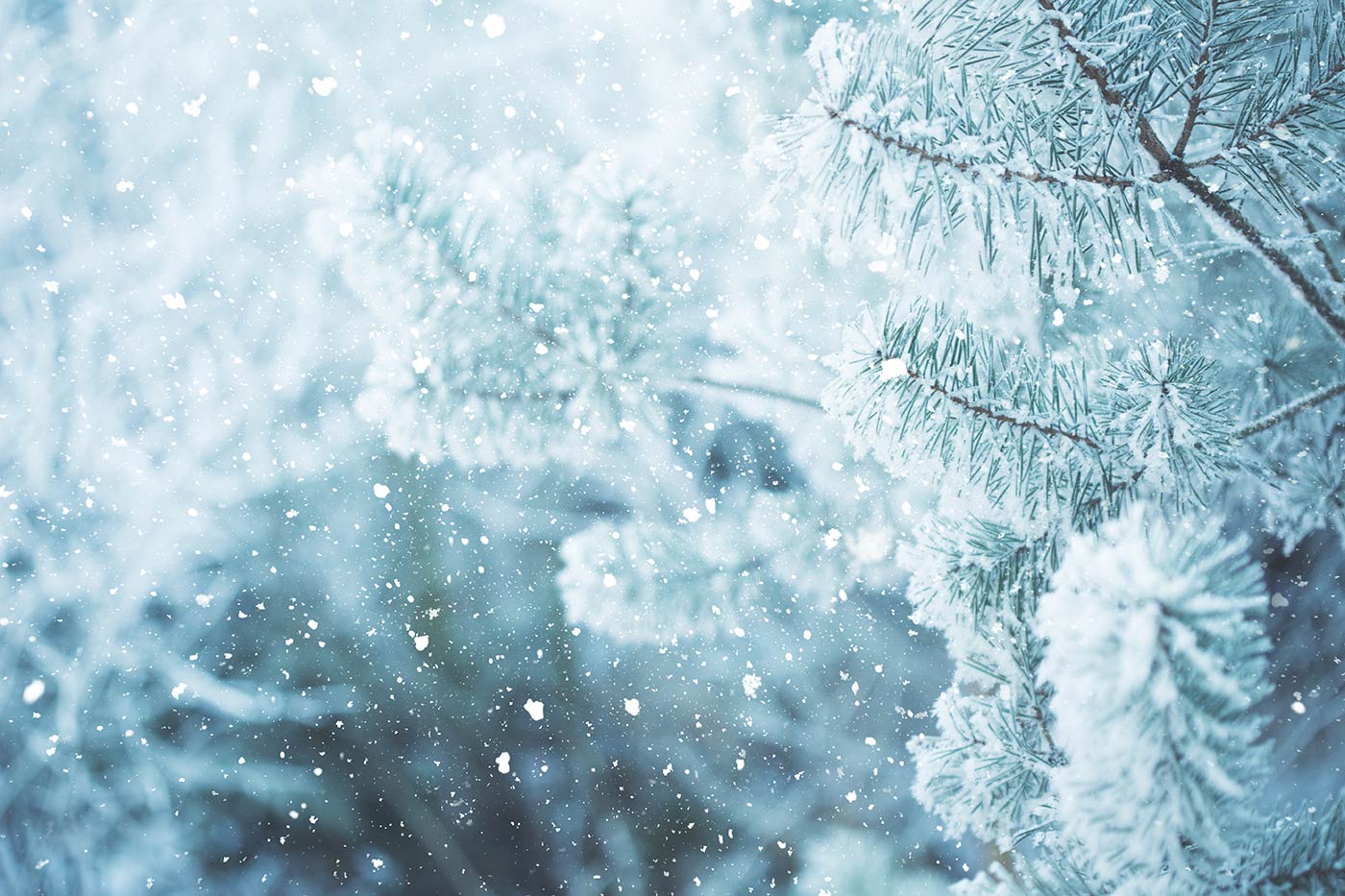Choosing the Right Location for Northern Lights Photos
8.8.2024
Capturing the Northern Lights, or Aurora Borealis, is a dream for many photographers. The ethereal display of lights dancing across the night sky is a sight to behold. However, choosing the right location to photograph this natural phenomenon is crucial. This guide will help you understand the key factors to consider when selecting a location for Northern Lights photography.
Understanding the Basics of Northern Lights
Before diving into location specifics, it’s essential to understand what Northern Lights are and how they occur. The Aurora Borealis is caused by the interaction between solar wind and the Earth’s magnetic field. This interaction results in the emission of light, which we see as the Northern Lights.
The best time to see the Northern Lights is during the winter months, from late August to April, when the nights are longest and darkest. The lights are most commonly visible in high-latitude regions, close to the Arctic Circle.
Importance of Dark Skies
One of the most critical factors in choosing a location for Northern Lights photography is the absence of light pollution. Light pollution from cities, towns, and other sources can significantly diminish the visibility of the Aurora Borealis. Therefore, it’s essential to find a location with minimal artificial light.
Consider remote areas away from urban centers. National parks, rural areas, and wilderness regions often provide the best conditions for viewing and photographing the Northern Lights.
Clear and Unobstructed Views
Another important consideration is having a clear and unobstructed view of the northern horizon. The Northern Lights typically appear in the northern part of the sky, so it’s crucial to have a location where the view is not blocked by trees, buildings, or other obstacles.
Open fields, lakeshores, and hilltops are excellent choices as they offer wide, unobstructed views of the sky. These locations also provide interesting foreground elements that can enhance your photographs.
Weather Conditions
Weather plays a significant role in Northern Lights photography. Clear skies are essential for viewing the Aurora Borealis. Cloud cover can obscure the lights, making it impossible to see or photograph them. Therefore, it’s important to monitor weather forecasts and choose a location with a high probability of clear skies.
Additionally, cold temperatures are often associated with clear skies in high-latitude regions. Be prepared for cold weather and dress appropriately to ensure a comfortable and enjoyable experience.
Accessibility and Safety
While remote locations offer the best conditions for Northern Lights photography, it’s also important to consider accessibility and safety. Ensure that the location you choose is accessible by car or on foot and that you have the necessary equipment and supplies for a safe outing.
Inform someone of your plans and expected return time, especially if you are venturing into remote areas. Carry a map, compass, or GPS device, and be aware of potential hazards such as wildlife or extreme weather conditions.
Exploring the Arctic Clay Land
The Arctic Clay Land is an excellent destination for Northern Lights photography. This area offers numerous locations with minimal light pollution, clear views of the northern horizon, and stunning natural landscapes.
In the Arctic Clay Land, you can find open fields, lakeshores, and hilltops that provide ideal conditions for viewing and photographing the Northern Lights. The region’s remote and pristine environment ensures that you have the best chance of capturing the Aurora Borealis in all its glory.
Local Expertise and Services
While exploring the Arctic Clay Land, you can benefit from the expertise and services offered by local providers. These providers can offer guided tours, photography workshops, and equipment rentals to enhance your Northern Lights photography experience.
Local guides have extensive knowledge of the best viewing locations and can provide valuable tips on camera settings and techniques. Participating in a guided tour or workshop can significantly increase your chances of capturing stunning Northern Lights photos.
Conclusion
Choosing the right location for Northern Lights photography involves several key considerations, including dark skies, clear views, favorable weather conditions, and accessibility. The Arctic Clay Land in the Kainuu region offers an excellent destination with ideal conditions for capturing the Aurora Borealis.
By understanding the basics of Northern Lights, monitoring weather forecasts, and seeking local expertise, you can increase your chances of capturing breathtaking photos of this natural phenomenon. Remember to prioritize safety and enjoy the magical experience of photographing the Northern Lights.

